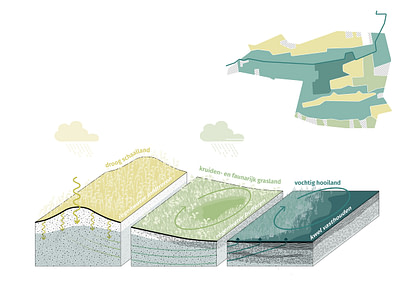
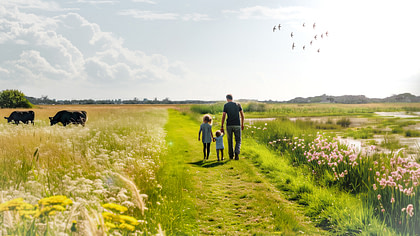
2024
Zuurvenspolder Bergen
2024
Zuurvenspolder Bergen
The masterplan for Zuurvenspolder envisions the future of this historic polder, located just east of Bergen in Noord-Holland. As of 2024, the polder’s distinctive landscape remains largely intact, drawing hikers and cyclists to its vast and open spaces. Beyond its recreational appeal, Zuurvenspolder serves as a resting place for migratory birds and a vital habitat for overwintering species. Relatively simple interventions in the hydrological and soil systems, give an opportunity to enhance the ecological and landscape value of the area.
Zuurvenspolder Bergen
Gemeente Bergen
Landschap Noord-Holland, Hoogheemraadschap Hollands Noorderkwartier
140 ha
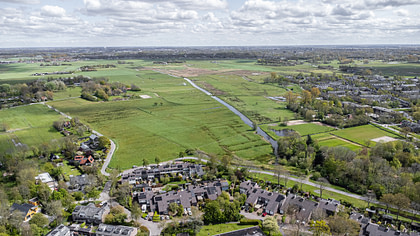
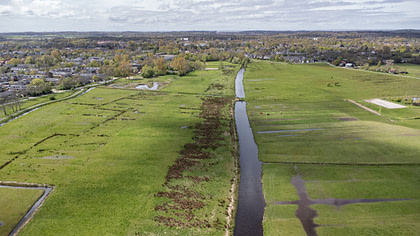
The polder is characterized by a wide variety of soil types and water management, unique for a polder in the coastal dune area. The centuries-old history has resulted in a rich palette of soil-forming processes within a small area. These soil physical and hydrological conditions guide the design of the polder in this masterplan, that allows for the development of a rich mosaic of different biotopes. This not only strengthens the ecosystem but also enhances the experiential value of the area. Interventions aligned with the local characteristics also contribute to a more robust water system.

The development principles of the master plan build on the current qualities of the polder. The landscape mosaic is reinforced, and the existing network of walking paths is adjusted and expanded. Site-specific recreation highlights special places in the polder and offers elements from which the spatial and ecological qualities can be well experienced.
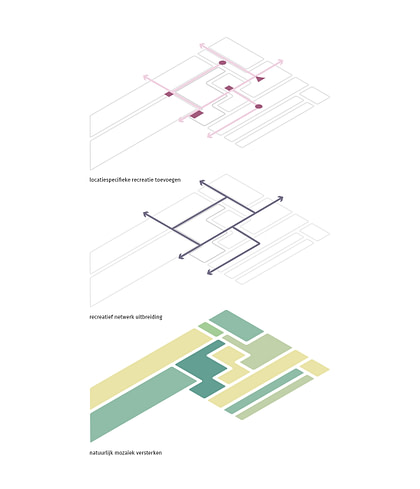
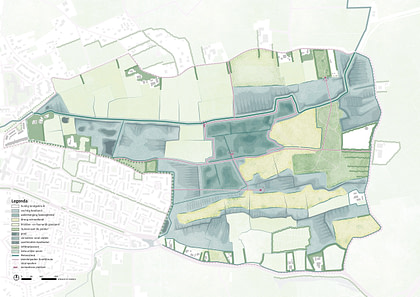
The master plan provides appropriate measures that transform the Zuurvenspolder into an area of great ecological and recreational value. The polder serves as a recreational area for the residents of Bergen and as a habitat for various animal species. In the recreational network, unique destinations are created at strategic locations, closely connected to specific spots within the polder. Instead of standard birdwatching huts, places are created that are based on the specific characteristics of each location. These spots offer opportunities to enjoy the landscape, picnic, and observe flora and fauna, and can also serve an educational function.
